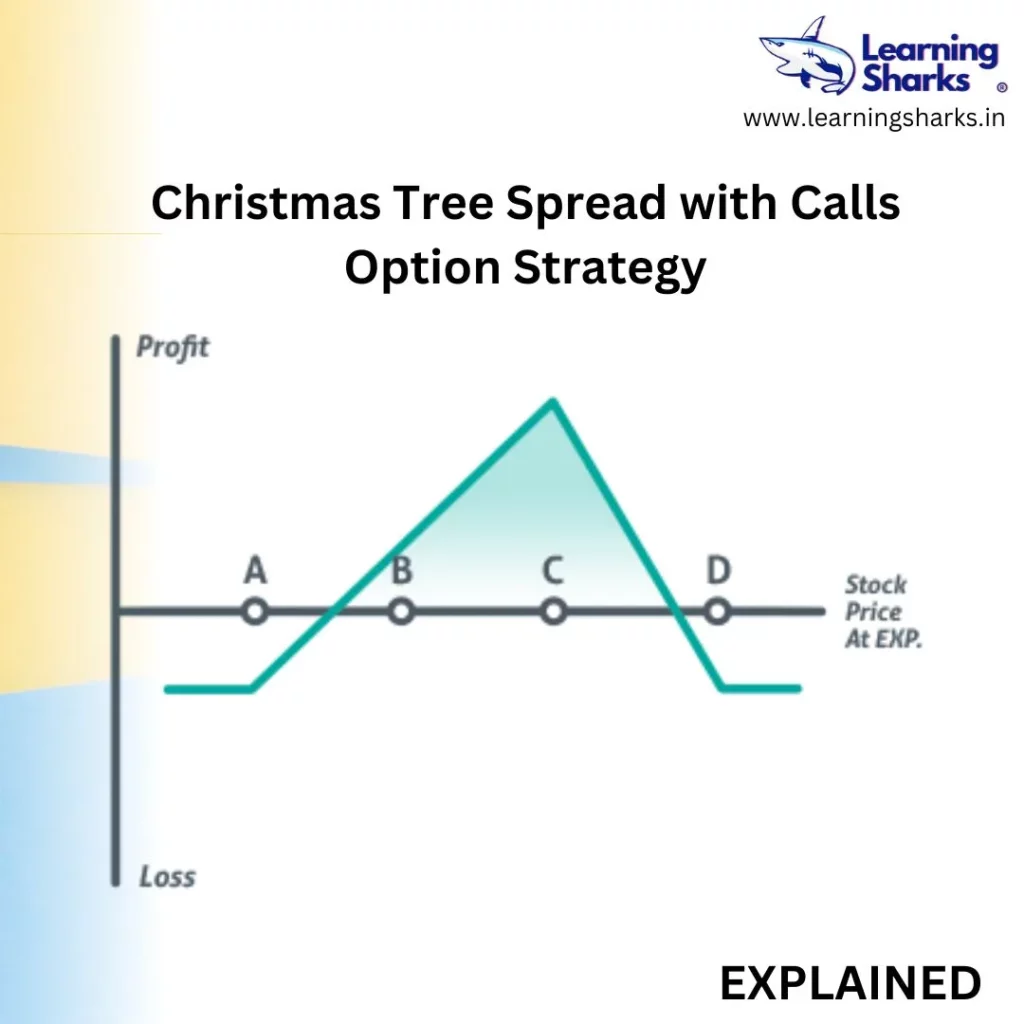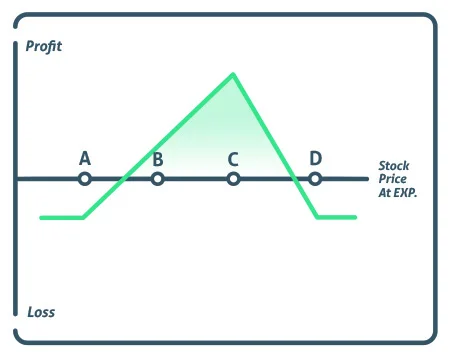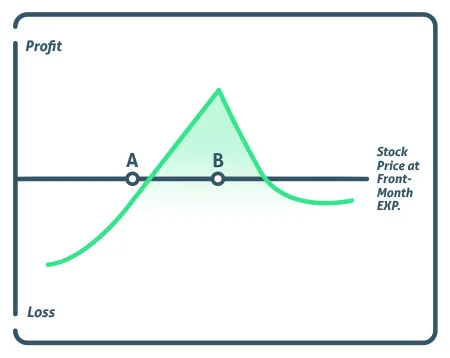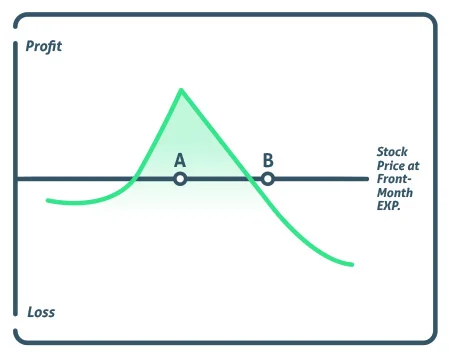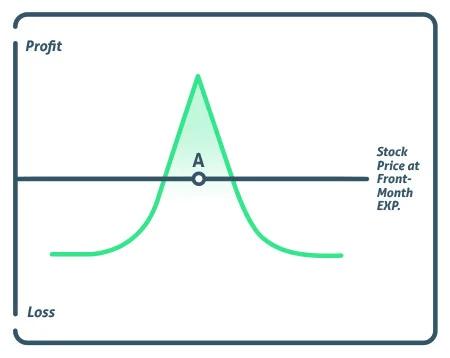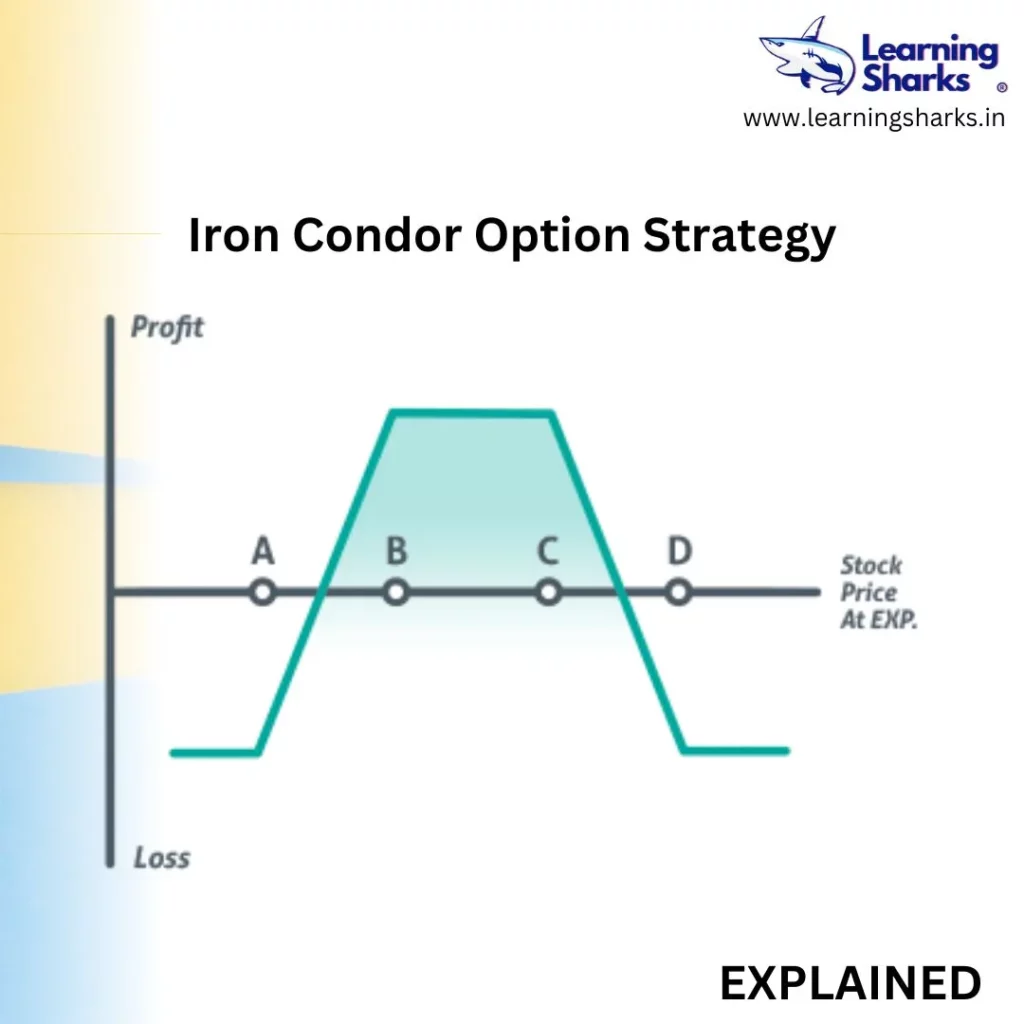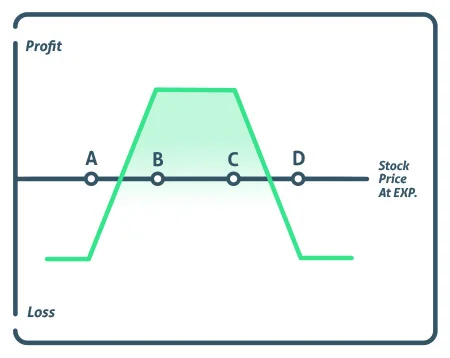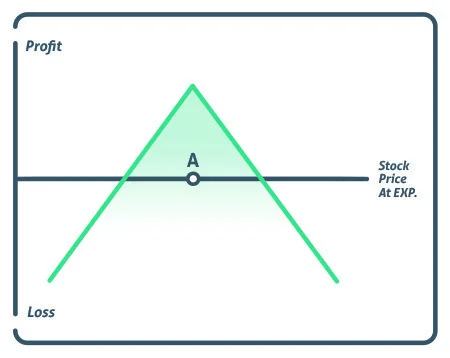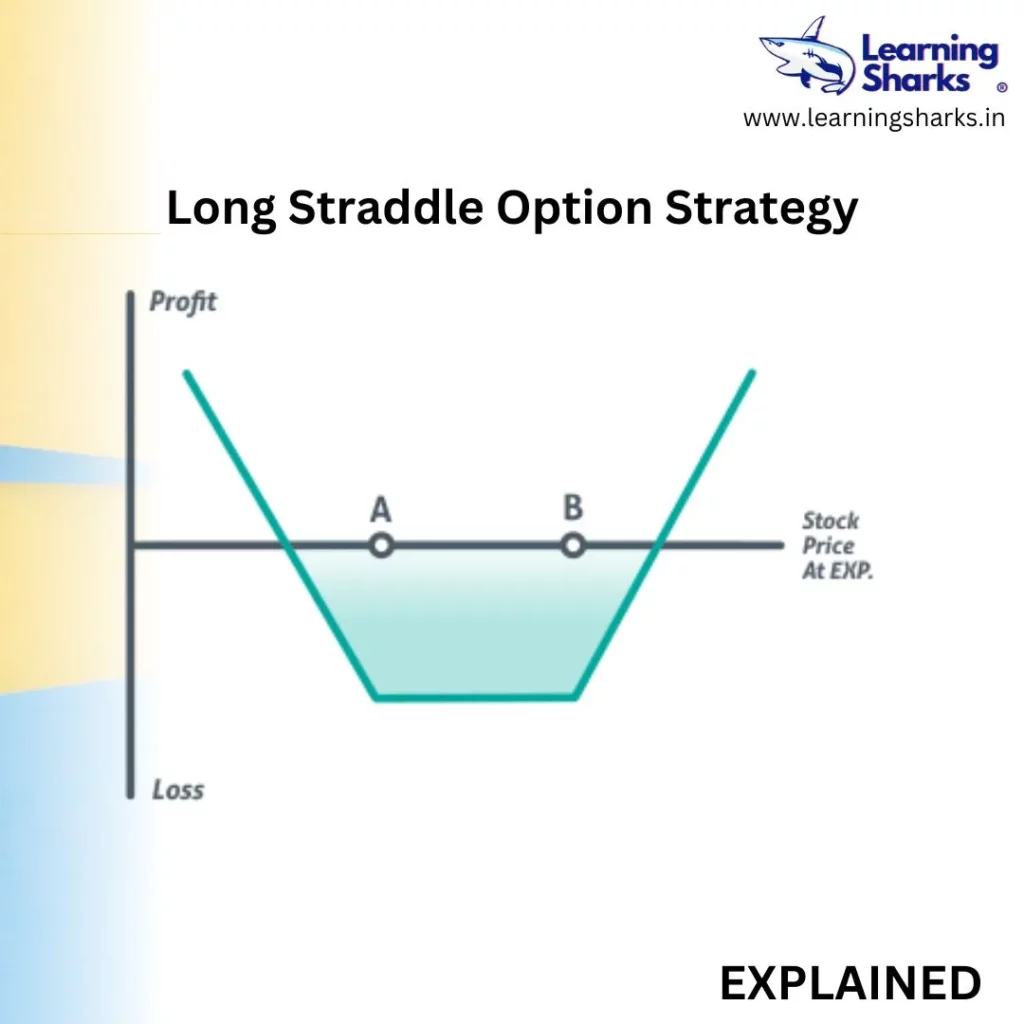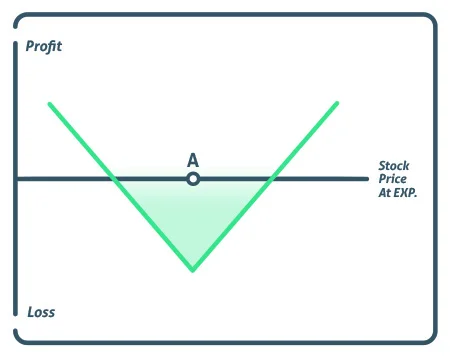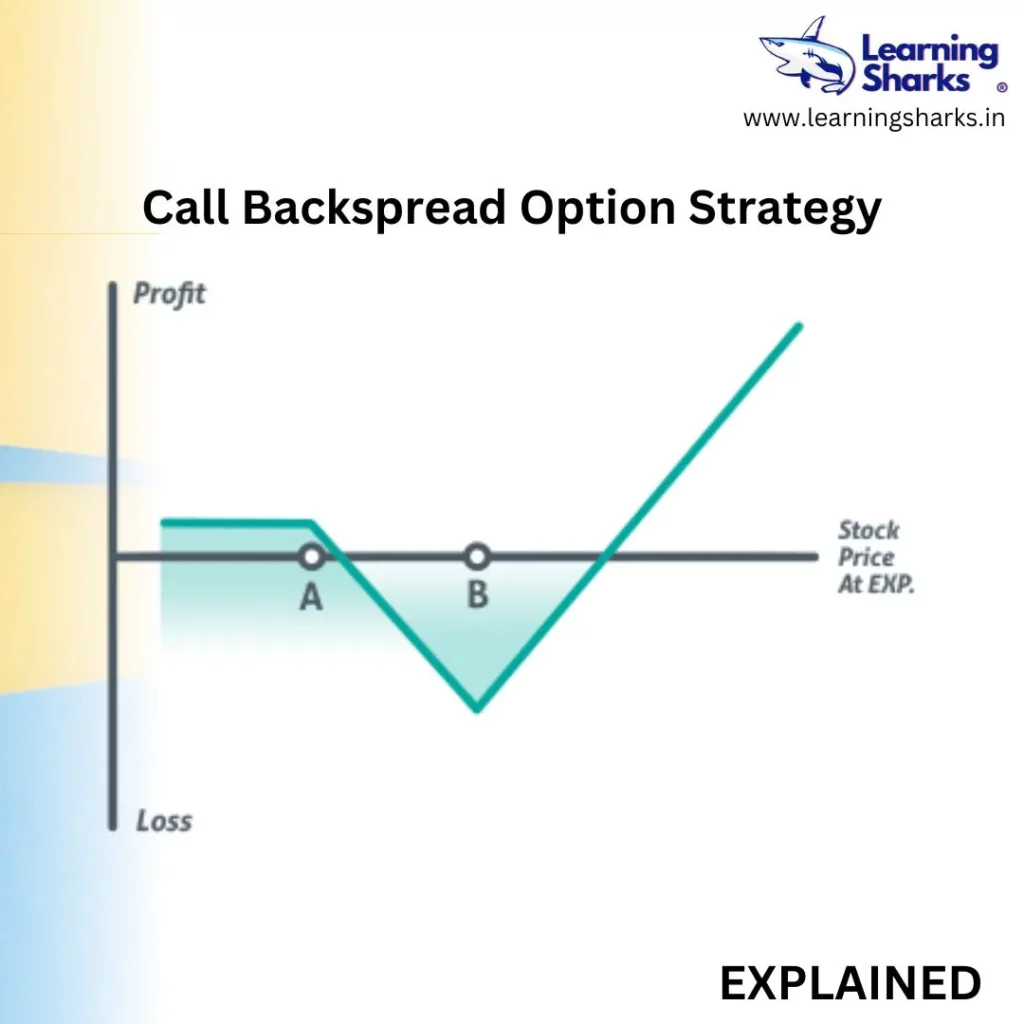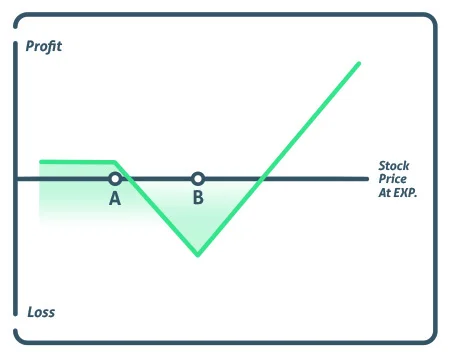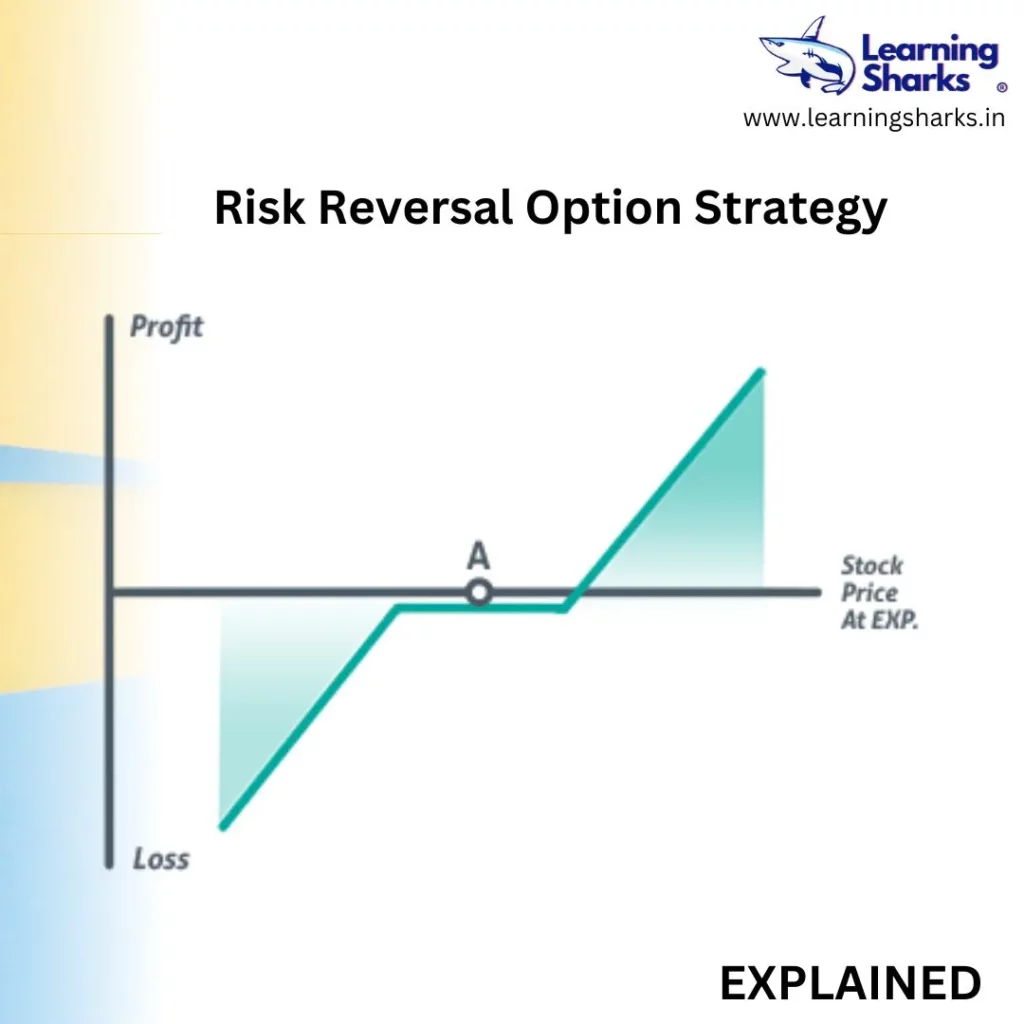
Purchasing an out-of-the-money call option and selling an out-of-the-money put option in the same expiration month is the risk-reversal options trading method. This is a very bullish trade that, depending on where the strikes are in regard to the stock, can be executed for a debit or a credit.
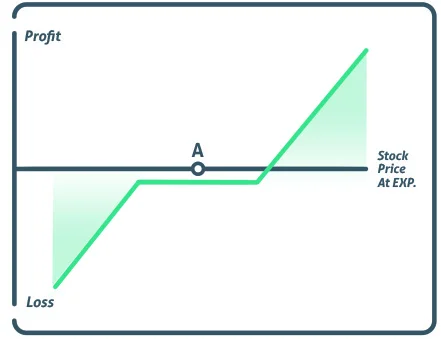
The investor that engages in a risk reversal seeks to gain by holding call options while covering the cost of the call by selling put options. This trade setting avoids the danger of the market moving sideways, but it carries a significant risk if the stock moves downward.
When to Use a Risk Reversal
When compared to a collar option strategy, the risk reversal has the opposite effect. When an investor is short the underlying asset. However it can shield them from a rising stock price. An investor can buy an upside call and then sell a downside put to cover the cost. And if they are concerned that the stock price of a short stock position will increase. One risk reversal option contract should be executed for every 100 shares the investor is short in the trade, or one-to-one. The upside long call option would protect the investor if the stock rose in price. The investor would be compelled to purchase the shares at the short put’s lower price point if the stock traded at a lower price.
An aggressive bull trade can also be employed as a risk reversal. The investor is essentially doing a bull trade at little to no cost or even a credit because they are purchasing a call option with a higher strike price and financing the premium by selling a put option that is out of the money. And If the investor is right and the stock price rises more. And the short put will lose all of its value and the long call will gain more, resulting in a sizable profit.
If the investor predicts the stock movement incorrectly, they will be compelled to purchase the shares at the short put strike price. Although there is a high potential for loss and this is exceedingly dangerous. Even if the investor is compelled to buy the stock at a lower price than where they opened the risk reversal, this is still a better result than if they had bought the stock right away.
Profit/Loss
The potential profit is limitless because holding an upward call enables the investor to keep profiting as the stock rises in value.
As the stock’s price declines, losses from the short put keep piling up, and the maximum loss is also limitless, at least all the way to zero.
Breakeven
If a risk reversal was done for a credit or a debit, the breakeven point is the same, but the calculation is different.
The breakeven would be determined by deducting the premium received from the put’s strike price if the risk reversal was purchased for a credit.
The breakeven would be computed by adding the amount paid to the call’s strike price if the risk reversal was purchased for a debit.
Example
A trader might purchase a call with a 120-strike price and sell a put with an 80-strike price for the following price if XYZ is trading at Rs 100 and is anticipated to trade higher over the following year:
- For Rs 6, purchase 1 XYZ 120-strike price call.
- For Rs 7.00, sell 1 XYZ 100-strike price put.
- Total premiums equal a Rs 1 credit.
The investor will make no money if the stock rises up to Rs 105 at expiration because it has not yet hit the strike price, but they will make money because they received a Rs 1.00 credit on the risk reversal.
The investor will profit Rs 10.00 from the call if the stock rises to Rs 130 at expiration because it is now Rs 10 above the 120-strike price. However, the investor will have a net gain of Rs 11.00 because they earned a credit of Rs 1.00 for the risk reversal.
The trader will be assigned on the 80-strike price put and compelled to buy the shares at Rs 80 if the stock trades lower than Rs 70 at expiration. This would indicate that they suffered a loss of Rs 10.00 on the put, but since they were given a credit of Rs 1.00 for the risk reversal, their actual loss would be Rs 9.00.
Conclusion
If handled properly, the risk reversal position offers a very high potential for profits, but if done incorrectly, it can result in huge losses for an investor.
Due to the fact that this form of strategy is long one option and short another, it is not extremely sensitive to fluctuations in implied volatility.
Risk reversals are not recommended for new investors because they might result in significant losses if the transaction moves against them. Only experienced options traders should use it.
FOLLOW OUR WEBSITE FOR CHART PATTERNS:https://learningsharks.in/chart-patterns/
FOLLOW OUR PAGE:https://www.instagram.com/learningsharks/

